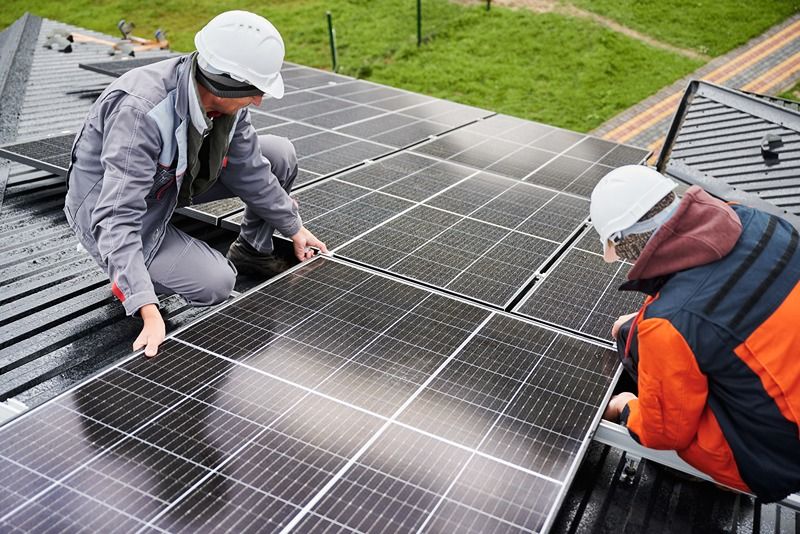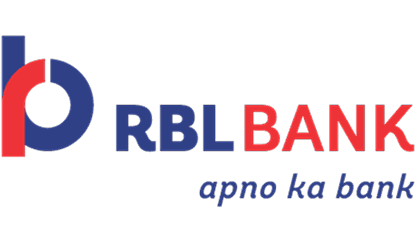In India’s fast-transforming industrial landscape, pre-engineered buildings (PEBs) have become synonymous with efficiency, flexibility and cost-effectiveness. As manufacturers and developers search for sustainable construction methods, integrating renewable energy solutions into structural elements is no longer a luxury—it is a necessity. One of the most promising frontiers is the incorporation of solar-integrated roofing in PEBs, blending structural performance with clean energy generation.
This article delves into the innovative world of solar-integrated roofing solutions, exploring how these technologies align with India’s climate ambitions, support the operational demands of micro, small and medium enterprises (MSMEs), and pave the way for self-sufficient industrial ecosystems.
The rise of solar-integrated roofing in industrial architecture
Traditional PEBs are designed with efficiency and scalability in mind, but the addition of renewable capabilities elevates their value proposition. Solar-integrated roofing transforms passive building components into active energy-generating assets, reducing dependence on the grid and shrinking carbon footprints.
According to the International Energy Agency (IEA), solar PV is set to dominate global power generation capacity additions through 2030, with rooftop solar installations expected to triple in India by 2026. The government’s push through initiatives like PM-KUSUM and Rooftop Solar Programme Phase II has accelerated adoption, particularly in commercial and industrial sectors.
What is solar-integrated roofing?
Solar-integrated roofing typically involves photovoltaic (PV) panels installed on or embedded into roofing materials. There are two main approaches -
Building-integrated photovoltaics (BIPV) - Solar modules replace conventional building materials, such as metal or asbestos roofing sheets, thereby functioning both as shelter and energy generators.
Building-applied photovoltaics (BAPV) - Solar panels are mounted on top of existing roofing sheets, common in retrofitting scenarios.
In the context of PEBs—widely used for factories, warehouses, and logistics centres—BIPV is gaining traction for its clean design and dual utility.
How solar roofs complement PEBs
PEB structures, usually constructed using steel frames and colour-coated roofing sheets, offer ample surface area and structural strength to support solar modules. Their large-span roofs are ideal for aligning panels towards optimal sun exposure.
Some key synergies include
Lightweight steel roofing - Galvalume or galvanised steel sheets are compatible with solar mounting systems and resist corrosion, reducing maintenance burdens.
Thermal regulation - Solar panels can shield roofs from direct solar radiation, reducing indoor heat gain and lowering HVAC energy use—a benefit particularly valuable in Indian summers.
Pre-planned integration - Since PEBs are prefabricated, solar mounting systems and electrical conduits can be pre-engineered into the design, reducing on-site installation time.
Economic and environmental benefits
The combination of solar energy and PEB construction yields significant savings and operational benefits. Consider the following -
Energy cost reduction - According to MNRE data, commercial solar tariffs in India can be as low as ₹2.5/kWh compared to ₹7-9/kWh from DISCOMs. This translates to 60-70% savings in electricity bills over 20 years.
Fast return on investment (ROI) - Most rooftop solar systems reach break-even within 3–5 years, depending on subsidies and scale.
Tax incentives - MSMEs can benefit from accelerated depreciation (up to 40%) and net metering policies, which allow surplus energy to be sold back to the grid.
Sustainability credentials - Solar roofs support LEED and IGBC green building ratings, enhancing a brand’s environmental reputation and eligibility for green financing.
Innovations driving adoption
The rapid uptake of solar-integrated roofing in India is fuelled by technology advances -
Flexible solar sheets - Thin-film PVs made from CIGS or perovskite materials can be laminated onto curved steel roofs, ideal for retrofits and complex geometries.
Smart energy monitoring - IoT-enabled energy management systems allow real-time monitoring, enabling industrial users to optimise usage patterns and predict maintenance needs.
Hybrid roofing materials - Some manufacturers now offer colour-coated roofing panels embedded with PV cells, integrating aesthetics and function in a single solution.
Key design and engineering considerations
Deploying solar roofs on PEBs requires precise engineering coordination. Critical factors include -
Wind load management - India’s diverse climatic zones demand proper structural analysis to withstand cyclonic winds. Panel tilt and clamping systems must be certified for regional wind speeds.
Thermal expansion - Steel expands and contracts with temperature changes. Mounting systems must allow thermal movement without stressing the roof or panels.
Drainage and waterproofing - Proper flashing, sealing, and rainwater outlets must be designed to prevent water seepage under or around solar mounts.
Fire and electrical safety - Installations must conform to BIS standards such as IS 17387 -2019 (PV systems) and IEC 60364 (low-voltage wiring).
Real-world applications and case studies
India’s industrial clusters have begun embracing solar-integrated PEBs with enthusiasm -
Maharashtra Industrial Development Corporation (MIDC) - Several units in the Chakan and Aurangabad MIDC regions have installed BIPV systems generating over 250 kWp per unit.
Bengaluru’s Peenya industrial area - A cluster of MSMEs in the region adopted shared solar rooftops through third-party Power Purchase Agreements (PPAs), reducing energy costs by 40% without upfront capital expenditure.
JSW One MSME platform - By simplifying procurement and offering credit solutions, the platform has enabled MSMEs to adopt solar-integrated materials and retrofit systems that improve both energy performance and asset value.
Barriers to adoption
Despite its promise, solar-integrated roofing faces some challenges -
High upfront cost - Though LCOE (Levelised Cost of Energy) is low, initial capital investment can be prohibitive for MSMEs without financing support.
Technical literacy - Many small-scale builders or contractors lack experience in integrating solar with structural design, leading to missed opportunities.
Policy uncertainty - While subsidies are available, inconsistent state-level regulations and net metering caps can dampen investor confidence.
The future outlook
India’s solar rooftop potential is estimated at 1.7 PWh/year, with industrial and commercial buildings comprising nearly 50% of the target. As climate regulations tighten and grid power becomes costlier, solar-integrated PEBs will likely become the default for new industrial construction.
Several developments are on the horizon -
Prefabricated solar roofing modules - OEMs are developing factory-assembled steel panels embedded with solar modules, reducing on-site labour.
Integration with energy storage - Lithium-ion and sodium-ion battery storage systems can ensure energy reliability during grid outages, critical for manufacturing operations.
Carbon credit monetisation - Solar adopters may soon benefit from carbon offset trading, providing new revenue streams aligned with ESG goals.
Conclusion
Innovative solar-integrated roofing solutions are not merely an architectural enhancement—they are a strategic investment in operational resilience and sustainability. For India’s MSMEs, embracing these systems via PEBs offers a tangible path to future-proofing their operations. As financing mechanisms mature and technology becomes more modular, the convergence of prefabrication and solar generation will redefine how industrial buildings are imagined and built.




 +91 7208055523
+91 7208055523
 Help & support
Help & support
